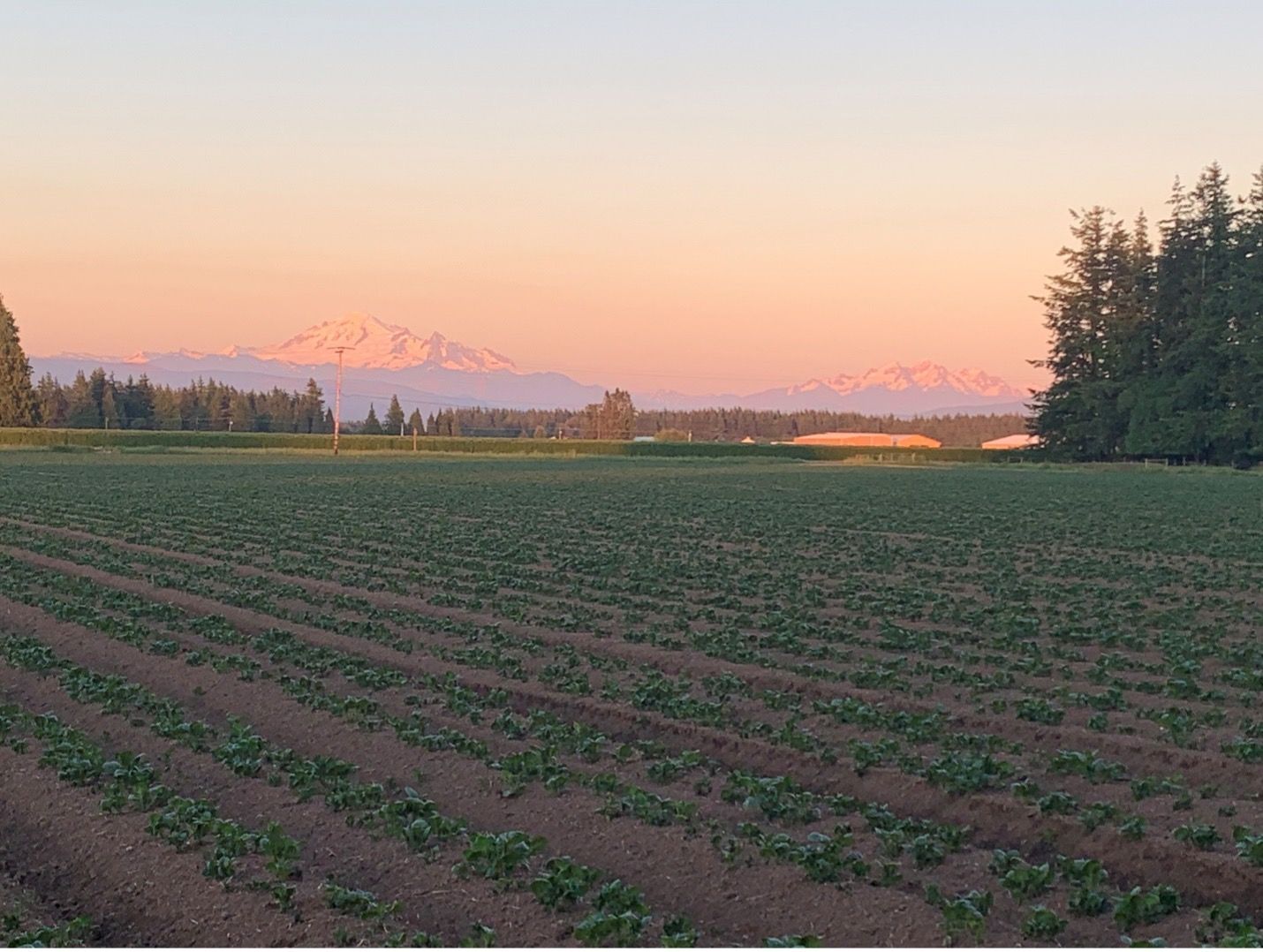AgroInsights- Regenerative Ag

Steve Groen, District Sales Manager
As we move into the months of Summer, this is the time of year when we can enjoy fresh fruits and vegetables, fine wine, excellently crafted microbrews, artisan-crafted ice cream, gourmet steaks and burgers, and many other local delights. At NACHURS, this is our favorite time of year, as we truly respect the investments of our growers in producing these fine products for all of our nourishment and taste enjoyment. Thank you to all specialty crop producers!
Specialty crop production is a complex process. These highly skilled growers invest in research and acquire generational knowledge and consumer education. Specialty crop production is truly a labor of love when one considers the continuous onslaught of regulatory issues, water conservation, limited labor availability, food safety, climate, and increasing fertility and crop protection costs.
The term “terroir” is used by wine enthusiasts to express the geographic influence that soil composition (minerals, soil organic matter), climate, soil microbes, and climate have on wine taste. Terroir also influences the unique tastes of all edible PNW crops and livestock products. Plant nutrition and health is paramount to taste and nutrition. PNW global production of raspberry, filbert, fresh and processed potatoes, vegetable seed, apples, cherries, and hops is second to none. When it comes to livestock products, cheese, ice cream, and locally produced artisan steaks, fresh blueberries, strawberries, and raspberries are enjoyed around the globe, and for good reason. The unique, ideal climate, soils, agronomic and grower expertise, and infrastructure are arguably globally impressive. The glacial-fed streams and wells, the Pacific Ocean, and geologically young soils all influence the health, taste, and superior quality of these products.
As much as consumers value the nutritional value and taste (terroir) of these crops, they value the preservation of our native cultures, iconic salmon and wildlife populations, Cascade glaciers, evergreen old-growth forests, and a reduced carbon footprint. A fascinating fact is the DNA of salmon is present in the ancient trees of PNW forests. NACHURS and these growers share the consumer values all of us are achieving to preserve these critical ecosystems.
Whether it is a commodity crop or a specialty food crop, NACHURS focuses on a science-based approach to food and fiber production. Paramount to this approach is developing practical and affordable cultural and fertility practices. Our goal is to address the concerns of all stakeholders. The key to quality food production is profitable growers, enabling them to focus on the end game. The term “Nutrient Reallocation” is a practice we teach and use to conserve inputs, increase soil organic matter, improve plant health, and, most importantly, ROI for the grower. Profitability and sustainability are synonymous with the term regenerative agriculture and cannot be ignored. Also, NACHURS partners with equipment manufacturers to help our growers do more with less. A recent Arkansas State University life cycle analysis study of one of NACHURS products, Triple Option, has proven to reduce the carbon footprint of corn without sacrificing yield. One can expect the same results from the use of the Triple Option in specialty crops. Triple Option is widely used as a foliar and soil-applied fertility product on perennial food crops (wine grapes, blueberries, raspberries, etc.) everywhere in the Western United States.
Let's face it, resource scarcity, geopolitics, cooling the earth, and feeding a hungry, growing population isn’t going to change, but, we, as nutrient providers and growers, NEED to improve. NACHURS is leading the way. Our Bio K technology is one example. Ask your NACHURS representative about these innovative, ground-breaking technologies!
NACHURS engages in multiple 3rd party nutrient efficiency and marketable yield trials across North America. Our growers engage in many on-farm comparison trials, too many to count! Our
NACHURS Bio-K® product line is proven to increase yield and quality by using up to 20% less applied Phosphate! This is good for people, the environment, and growers! A thoughtful, science-based nutrient management approach to these specialty crops is crucial to achieving all stakeholder goals. NACHURS District Sales Managers and Agronomists are capable, trained, and willing to help our dealers and growers reallocate nutrients and provide regenerative sustainable solutions for all farms.
Contact your local NACHURS® rep or retailer for more information.












